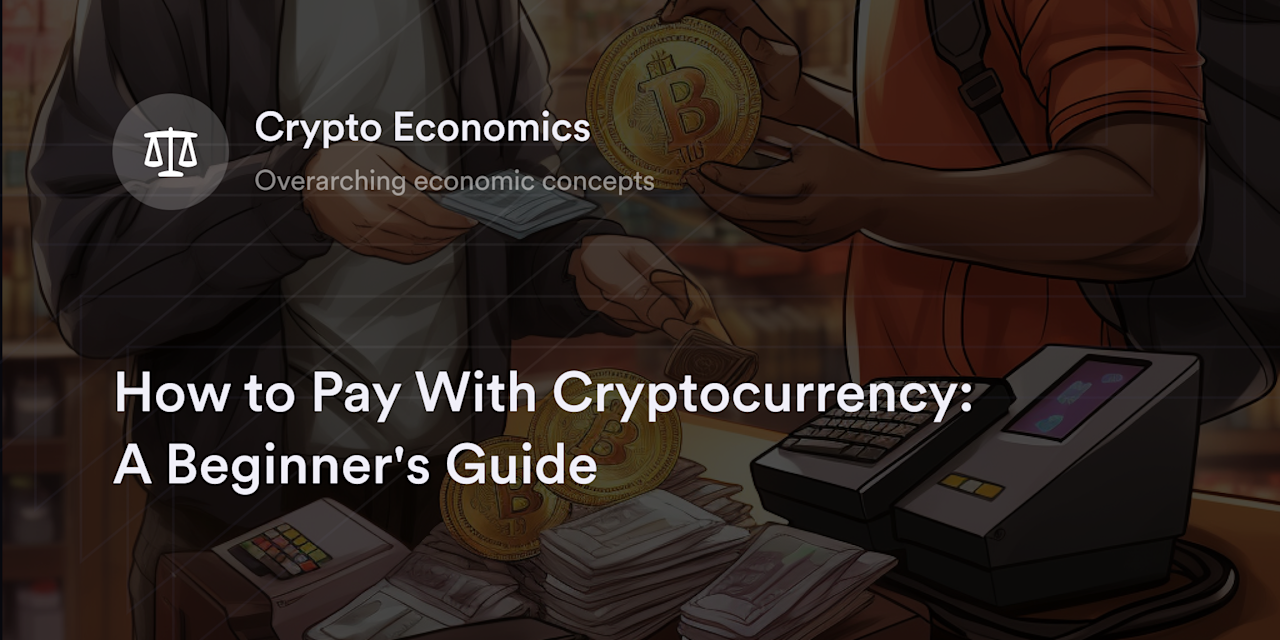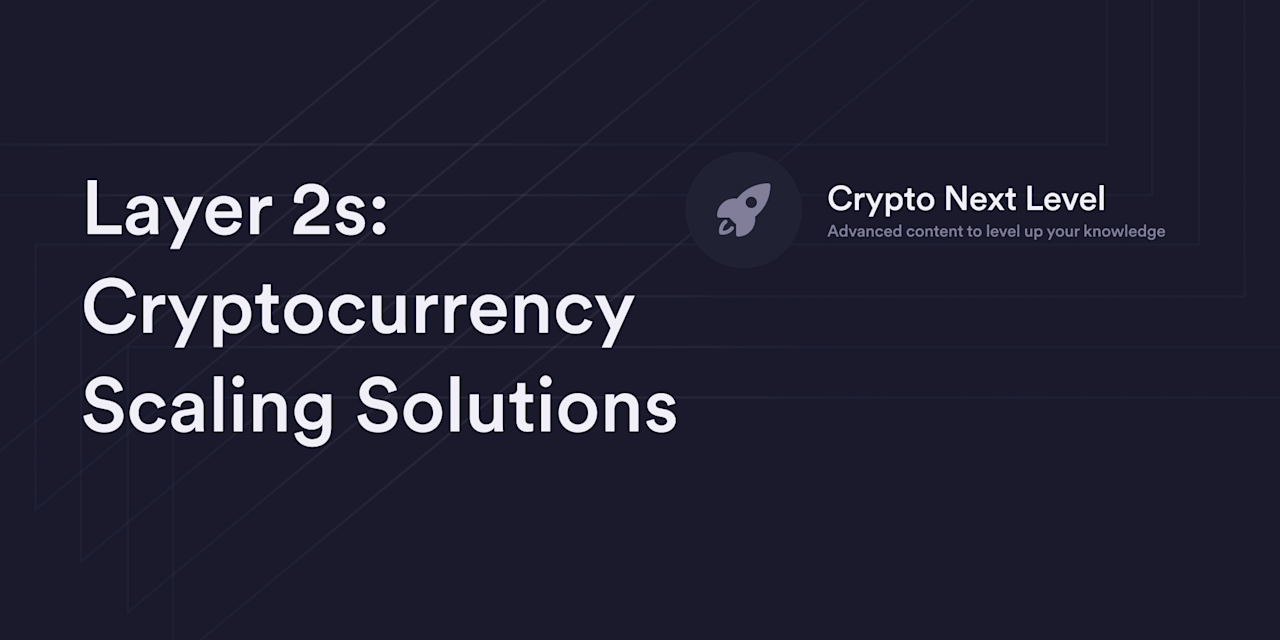


Despite the many exciting features decentralized finance (DeFi) offers, some crypto traders hesitate to dive headfirst into the ecosystem. One significant reason keeping traders from depositing tokens in DeFi is the lack of insurance protections that come with centralized financial (CeFi) services.
DeFi takes place on permissionless blockchains rather than centralized servers, meaning no intermediaries help users recover their funds after an exploit, glitch, or mistaken transaction. News of multi-million-dollar DeFi hacks and scams also don't inspire confidence in this field.
Although DeFi insurance is in its beginning stages, more blockchain developers are exploring ways to create a software safety net in Web3. Let’s explore how DeFi insurance works and how programmers aim to build a safer decentralized experience.
What is DeFi insurance?
DeFi insurance refers to crowdfunded decentralized protocols offering users protection policies for potential crisis scenarios. Like the centralized insurance industry, decentralized insurance providers maintain a pool of funds and charge customers fees (aka premiums) depending on their plan.
However, decentralized applications (dApps) run on blockchains like Ethereum rather than through an insurance company model, so no centralized underwriters look into DeFi insurance claims. Instead, blockchain-native crypto insurance dApps rely on transparent distributed payment ledgers and consensus algorithms to secure their networks and handle the claim verification process.
A DeFi insurance protocol doesn't need to insure cryptocurrency-specific incidents, but they often focus on pressing concerns in the DeFi ecosystem, such as hacks on exchanges, bugs or glitches in a protocol's code, and the loss of a stablecoin's 1:1 parity with a fiat currency.
How does decentralized insurance work?
The field of DeFi insurance is relatively new, which is why the infrastructure is yet to be standardized across Web3. However, many emerging DeFi insurance dApps like Nexus Mutual, InsurAce, and Etherisc claim to use decentralized technologies—including self-executing smart contracts, liquidity pools, and decentralized governance—aiming to offer an intermediary-free insurance claims process.
In many DeFi insurance dApps, anyone with crypto funds can deposit their digital assets into a smart contract-controlled pool for a specific claim type. In exchange for locking funds in an insurance protocol's pool, traders receive a portion of the premiums users pay to maintain their policies.
The precoded smart contracts often automatically distribute funds to policyholders if they detect an agreement’s terms are met. For example, if a crypto trader bought DeFi hack insurance coverage for a decentralized exchange (DEX), the smart contract sends funds to the claimant's crypto wallet if the DEX suffers an attack.
Also, DeFi insurance dApps sometimes use decentralized governance tools such as decentralized autonomous organizations (DAOs) and governance tokens to evaluate each claim democratically before sending crypto reimbursements.
Alternatively, DeFi insurance protocols offering real-world products like hurricane or travel insurance use oracles to monitor and confirm data from off-chain sources. Oracle networks like Chainlink securely bridge data from blockchain and non-blockchain sources to provide a broader range of services on DeFi dApps.
For example, if a traveler takes out a DeFi insurance claim for an upcoming flight, an oracle sends data from the associated airport to the dApp, and smart contracts instantly recognize this information and pay the user if the flight gets canceled.
Benefits of blockchain insurance
The security blanket of DeFi insurance brings much-needed comfort to extra-cautious crypto traders. Beyond the sense of safety that DeFi insurance provides, this program offers a few unique value propositions compared with traditional insurance.
Low administrative costs
Thanks to autonomous smart contract programs, there's no need for manual intervention on a DeFi insurance dApp. The lack of third-party intervention not only reduces the risks of human errors and counterparty interference but also helps lower paperwork and overhead costs, potentially leading to lower premiums for customers.
Increased trust in the DeFi ecosystem
Despite the growth in DeFi activity on chains like Ethereum and Cosmos (ATOM), some crypto users feel apprehensive about trying these services due to the ever-present threat of bugs, hacks, and scams. Decentralized insurance protections provide peace of mind to hesitant traders, potentially boosting trust and liquidity throughout the DeFi space.
Better transparency and immutability
Once the smart contracts for insurance claims deploy, they're both fixed and easy for claimants to track on payment ledgers. Blockchain's transparent and immutable nature lets users track premiums, claims, and other relevant information in real time, further promoting confidence between insurance providers and policyholders.
Immediate and 24/7 accessibility
Since blockchains have zero downtime, DeFi insurance platforms offer instant claims processing and continuous access to assets for their users. Anytime users need to purchase insurance, submit their claims, or review their policy information, they have the freedom to interact with the platform.
Reduced risk of false claims
The transparency on blockchain records also decreases the risk of fraudulent activity, such as false claims, from slowing the efficiency of insurance processing. Since smart contracts run on fixed and publicly viewable coding standards, they only execute functions when predefined conditions are met, making it difficult for bad actors to tamper with the insurance system.
Challenges associated with DeFi insurance
Despite the tremendous potential DeFi insurance offers, there are difficulties processing decentralized crypto claims. Developers must address a few pain points on DeFi insurance protocols before this niche service becomes mainstream.
Limited coverage options
Although DeFi insurance protocols are expanding their services, this field remains relatively small in the budding decentralized web. Until more users enter DeFi and technologies like smart contracts and oracles become widespread, finding comprehensive coverage options in Web3 is challenging.
Difficulty assessing fair premiums in DeFi
Putting a price tag on risk is one of the foundational aspects of insurance, and it's also one of the most difficult features of creating a DeFi insurance dApp. Since DeFi is ever-evolving and lacks the historical track record of more established insurance policies, establishing accurate actuarial models to assess the risk characteristics for different policy types is tough. The experimental algorithms used to determine appropriate fees sometimes result in premiums, which don't fit the underlying risks.
Unpredictable market liquidity
DeFi insurance protocols attract liquidity by offering traders rewards, making it difficult to forecast the available funds for dApp users at any moment.
For example, if liquidity providers (LPs) pull out of a pool suddenly, there won't be enough in the DeFi insurance treasury to pay legitimate claims. DeFi insurance providers must develop ways to maintain consistent and reliable liquidity to always have enough on hand to pay off claimants.
Smart contract vulnerabilities
A common threat across DeFi is a breach of a protocol's smart contracts. If a DeFi insurance provider's smart contracts have any vulnerabilities, there's a chance hackers drain the crypto funds held in these pools, leaving participants with zero money and no access to customer support.
How does DeFi differ from traditional insurance?
DeFi and traditional insurance fundamentally differ in their approach and implementation, although they both aim to provide a safety net against financial risks.
With smart contracts at the core of DeFi insurance, it protects against hacks, scams, or exchange outages. Decentralized insurance offers more transparency and potentially lower barriers to entry, as anyone with an internet connection can participate.
Traditional insurance, on the other hand, operates through established companies regulated by governmental bodies. This regulation ensures a certain level of stability and trust, as these companies are required to maintain reserves and are subject to regular audits and compliance checks.
It also offers a level of consumer protection through insurance guarantee funds and other regulatory mechanisms. However, claims processing and underwriting in traditional insurance can be more time-consuming, often involving manual review and approval.
Learn all about DeFi with dYdX Academy
From decentralized identity and DAOs to liquid staking and tokenization, developments in the DeFi sector are moving at lightning speed. To stay up-to-date on the opportunities and technologies in DeFi, head to dYdX Academy for more beginner-friendly guides.
dYdX also offers DeFi's premier decentralized exchange for Bitcoin and altcoin perpetuals to eleigible traders. Learn more about dYdX’s features—including our game-changing dYdX Chain—on our official blog, and eligible traders can start trading on dYdX today.
Disclosures
The content of this article (the “Article”) is provided for general informational purposes only. Reference to any specific strategy, technique, product, service, or entity does not constitute an endorsement or recommendation by dYdX Trading Inc., or any affiliate, agent, or representative thereof (“dYdX”). Use of strategies, techniques, products or services referenced in this Article may involve material risks, including the risk of financial losses arising from the volatility, operational loss, or nonconsensual liquidation of digital assets. The content of this Article does not constitute, and should not be considered, construed, or relied upon as, financial advice, legal advice, tax advice, investment advice, or advice of any other nature; and the content of this Article is not an offer, solicitation or call to action to make any investment, or purchase any crypto asset, of any kind. dYdX makes no representation, assurance or guarantee as to the accuracy, completeness, timeliness, suitability, or validity of any information in this Article or any third-party website that may be linked to it. You are solely responsible for conducting independent research, performing due diligence, and/or seeking advice from a professional advisor prior to taking any financial, tax, legal, or investment action.
You may only use the dYdX Services in compliance with the dYdX Terms of Use available here, including the geographic restrictions therein.
Any applicable sponsorship in connection with this Article will be disclosed, and any reference to a sponsor in this Article is for disclosure purposes, or informational in nature, and in any event is not a call to action to make an investment, acquire a service or product, or purchase crypto assets. This Article does not offer the purchase or sale of any financial instruments or related services.
By accessing this Article and taking any action in connection with the information contained in this Article, you agree that dYdX is not responsible, directly or indirectly, for any errors, omissions, or delays related to this Article, or any damage, injury, or loss incurred in connection with use of or reliance on the content of this Article, including any specific strategy, technique, product, service, or entity that may be referenced in the Article.







